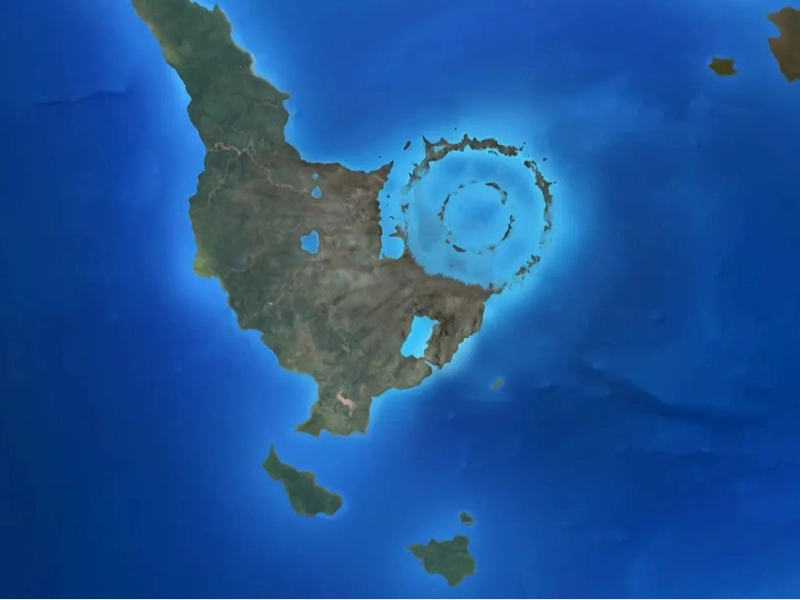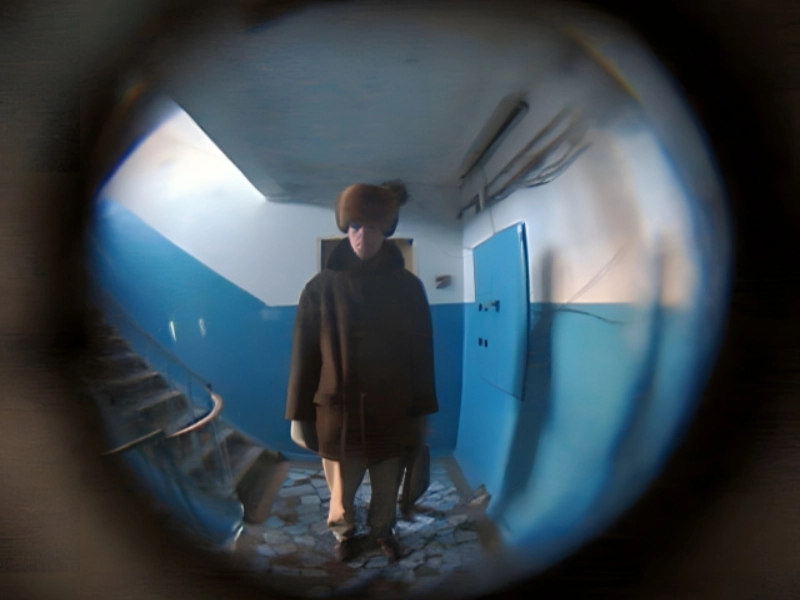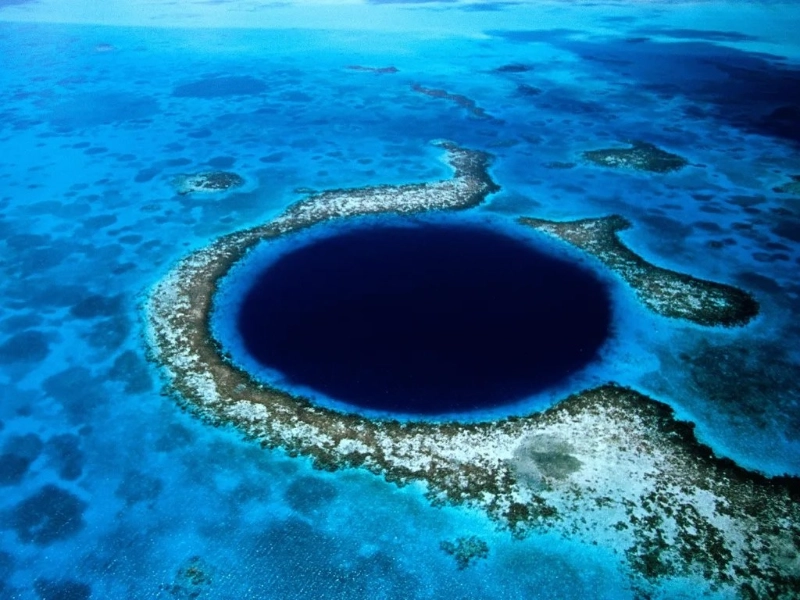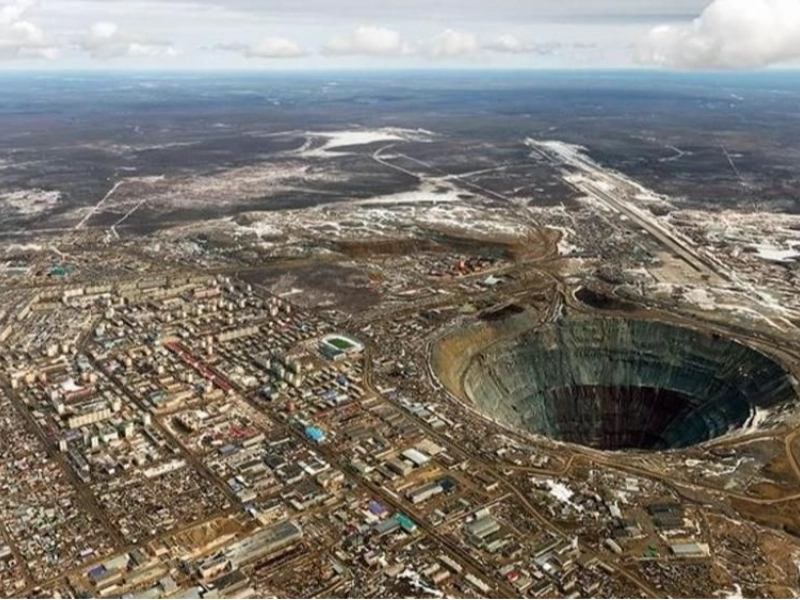These 10 Massive Craters Show How Close We've Come!
Advertisement
Over its ancient past, many extraterrestrial impacts have sculpted Earth and left impact craters as scars. These craters provide physical proof of strong forces from space forming the terrain of the planet. Every impact event has a different narrative that helps us to comprehend the change of Earth. From the devastating catastrophe connected to the extinction of the dinosaurs to prehistoric collisions spanning billions of years, here we investigate 10 well-known impact craters that have permanently changed the earth. From the famous Chicxulub Crater connected with a mass extinction event to the Barringer Crater in Arizona, a magnificent evidence of the violent nature of celestial interactions, these craters provide a window into Earth's dynamic history and the relentless cosmic forces influencing its path. Come discover the secrets behind these geological formations and the great influence they have had on the narrative of our planet with us.
1. Chicxulub Crater (Mexico)

Advertisement
Among the most important and well-known impact craters on Earth, the Chicxulub Crater is found on the Yucatán Peninsula in Mexico. Discovery of it and later studies have transformed our knowledge of catastrophic extinction events and possible causes. About 66 million years ago, a large asteroid or comet thought to be 10 to 15 kilometres (6 to 9 miles) wide struck with Earth, creating the roughly 180 kilometres (112 miles) diameter crater.
Most people agree that the Chicxulub Crater's formation was the impetus for the Cretaceous-Paleogene extinction catastrophe, which wiped off almost 75% of all plant and animal species on Earth, including most dinosaurs. With the great energy generated by the collision—equivalent to billions of atomic bombs—widespread destruction was caused all around. Mass tsunamis, worldwide wildfires, and a great volume of debris and aerosols thrown into the sky would have been produced by the impact, hence prolonging the period of global cooling sometimes known as a "impact winter."
The discovery of the crater in the late 1970s and early 1980s gave vital proof confirming the impact explanation for dinosaur extinction—which had been put forth by geologist Walter Alvarez, son of physicist Luis Alvarez, in 1980. The site, size, and age of the crater fit exactly the geological record of the extinction event, including the occurrence of a worldwide layer of iridium-rich clay at the Cretaceous-Paleogene boundary. Rare in Earth's crust, iridium is more plentiful in comets and asteroids.
The Chicxulub Crater is still under great scientific investigation today. Deep drilling initiatives have been carried out by researchers to remove core samples from the crater, therefore offering priceless information on the impacts of the impact on the geology and climate of Earth. The geometry of the crater—which features a central peak ring—has also helped researchers better grasp the mechanics of major impact events and how they sculpt planetary surfaces.
Advertisement
You May Like







